The F1 male gaur developed well, still retaining the inherent wildness and aggression of a wild gaur - Photo: AN ANH
In 2010, the unexpected appearance of a wild male gaur (Bos gaurus) in the forest area bordering Ninh Thuan and Lam Dong opened up great hope for the scientific community.
This bull bred with domestic cows and created hybrid cows with beautiful bodies and good resistance, which was considered a breakthrough in genetics. Immediately, three research projects from provincial to national levels were launched consecutively with a large budget.
From the dream of "domesticating the bull gene"…
More than 12 years have passed, and the herd of crossbred cows that were once expected to be a "super strong, super resilient breed" is now old and gradually losing its ability to reproduce. The F2 and F3 generations are genetically unstable, and there are even no signs of having bull blood.
Mr. Nguyen Anh Tuan - Deputy Director in charge of the Center for EnvironmentalEducation and Forest Environmental Services (Phuoc Binh National Park) - said that so far, the F1 hybrid gaurs have not shown any signs of reproduction in the population. These bulls are mainly used for sightseeing and biodiversity education.
According to Mr. Tuan, in 2012, the project "Research on assessment and reproductive ability of F1 hybrid bulls between domestic cattle (Bos taurus) and gaurs (Bos gaurus)" was carried out in the forest area bordering Ninh Thuan and Lam Dong provinces.
This project is implemented by Lam Dong Province Center for Science and Technology Application in collaboration with Phuoc Binh National Park with a budget of more than 2 billion VND.
In 2014, this research topic ended and stopped at chromosome identification and purchasing 10 F1 hybrid bulls from the people.
Male and female F1 bulls are being raised in a semi-natural environment in Phuoc Binh National Park - Photo: AN ANH
By 2015, the state-level project "Exploiting and developing rare cattle gene sources in the forest area bordering the three provinces of Ninh Thuan - Lam Dong - Khanh Hoa" with a budget of nearly 6.8 billion VND continued to be implemented by the above two units. At this time, the research project purchased an additional F2 female gaur from the people and then added it to the herd. The total herd increased to 11 animals (10 F1 and 1 F2).
However, the end of this research topic caused a stir in public opinion when all 11 hybrid bulls were "abandoned", leaving them skinny and physically exhausted.
…To reality zero
According to Mr. Nguyen Anh Tuan, after being "abandoned", the hybrid gaur herd of 10 F1 and 1 F2 was handed over to Phuoc Binh National Park for care, nurturing and continued implementation of the project "Conservation and sustainable use of F1 hybrid gaur gene sources between domestic cows (Bos taurus) and male gaurs (Bos gaurus)" with a budget of 2 billion VND in 5 years 2020 - 2025.
This project relocated the herd to a semi-wild habitat, helping the hybrid wild bull herd to "revive" strongly. The F2 cows mated with domestic cows to produce the F3 generation.
The reproductive capacity in the F1 herd population is almost zero. The number of F1 hybrid bulls does not increase but decreases compared to the original because 1 F1 died due to conflict in the herd population.
The female bull in the 9 current F1 hybrid bulls - Photo: AN ANH
"Currently, the total herd has 9 F1 hybrid bulls, 1 F2 hybrid bull and 1 F3 hybrid bull. The F1 bulls still show no signs of reproduction in the herd population. The male and female individuals have mated but did not conceive and give birth as expected," said Mr. Tuan.
According to Mr. Tuan, recently an F1 male gaur "crossed the fence" to mate with a local cow, but so far it has not been determined whether it will create the next generation or not.
"Many people expect that F1 hybrid bulls will open a new direction in breeding to preserve and develop rare gene sources, but there have been no results yet," said Mr. Tuan.
Prof. Dr. Duong Nguyen Khang - Ho Chi Minh City University of Agriculture and Forestry - said that scientifically, F1 male gaur individuals mating to produce the next generation of offspring is extremely rare, with a very low success rate, even zero. The evidence is that F1 hybrid gaur individuals in Phuoc Binh National Park when mating with each other have not yet produced offspring.
Explaining this, Professor Duong Nguyen Khang said that gaurs (Bos gaurus) and domestic cattle (Bos indicus or Bos taurus) have the same number of chromosomes: 2n = 60.
Therefore, F1 bulls have a chromosome set of 2n = 60, including 1 X chromosome from the mother (domestic cow) and 1 Y chromosome from the father (bull).
The structure of a Y chromosome from the father (bull) is not identical in structure, so when meiosis creates gametes as well as fusion to create a zygote, it will be incomplete or impossible.
The F1 cow has the yellow color of a domestic cow but the external appearance of a wild gaur - Photo: AN ANH
Therefore, although the chromosome number is the same, the gene sequence and the interaction region between the sex chromosomes (Y of F1 bulls) can differ significantly between the two species.
For this reason, the majority of F1 bulls are sterile (sterile) due to genetic incompatibility between the two parent species. Furthermore, some F1 bulls may have normally developed testicles and genitals, but the sperm are often deformed or non-functional.
"However, if the F1 female gaur mates with a domestic bull, the possibility of conception is still there, although this possibility is also very low. Moreover, in the current situation, most of the hybrid gaur individuals in Phuoc Binh National Park are old, so their reproductive ability is also gradually decreasing" - Professor Dr. Khang said.
The regret of the scientific community
Currently, the hybrid gaur herd is still being raised in semi-wild conditions in Phuoc Binh National Park. However, maintaining the herd requires high costs, each year the food and care alone costs more than 100 million VND. Meanwhile, the goals are still unclear.
The skeleton (left) and skin of a wild gaur are displayed at Phuoc Binh National Park - Photo: AN ANH
More importantly, the current research topic (topic 3) on hybrid gaur will end next December. At that time, hybrid gaurs will no longer be considered the focus of research. Meanwhile, related documents are all left in reports that have no practical application.
Therefore, the dream of "domesticating the forest gene" is in danger of ending, leaving behind a costly lesson in how to do science without direction and practice.
Over 12 years with 3 topics and over 10 billion VND spent on nurturing and researching but "the result is zero". This problem is not only a regret for the scientific community, but also a warning for scientific projects lacking strategy and supervision.
Mr. Nguyen Anh Tuan - Deputy Director in charge of the Center for Environmental Education and Forest Environmental Services (Phuoc Binh National Park) - said that he has contacted a number of units to develop a plan to care for and manage the herd of cows after the research project ends in December 2025.
However, the cooperative unit wants to move the herd of cows out of Phuoc Binh National Park, so the management board of Phuoc Binh National Park has not agreed.
"In the short term, we will propose that the relevant departments support part of the funding to raise the herd. In the long term, we will develop a plan to bring the herd into tourism exploitation to use that revenue to care for and raise the herd again," said Mr. Tuan.
Speaking to Tuoi Tre Online , Mr. Vo Quang Lam - Deputy Director of the Department of Science and Technology of Ninh Thuan province - said that the department has twice sent a request to Phuoc Binh National Park to propose a plan. However, up to now, this unit has not submitted a report proposing a plan.
AN ANH
Source: https://tuoitre.vn/12-nam-nghien-cuu-dan-bo-tot-lai-o-ninh-thuan-di-vao-be-tac-20250606135201117.htm


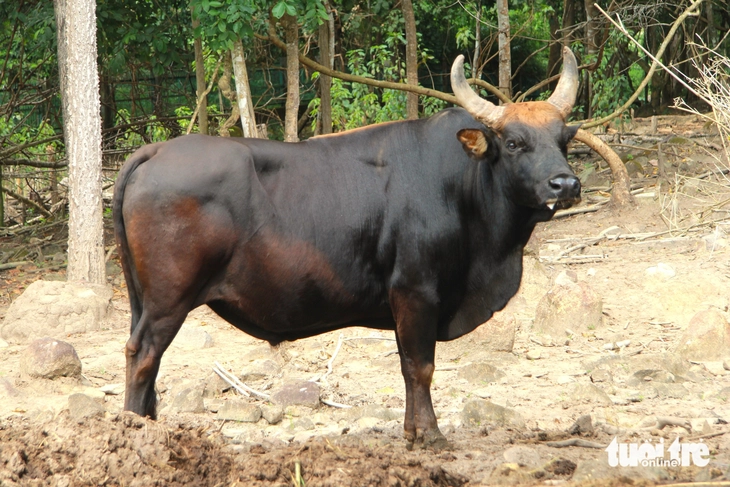
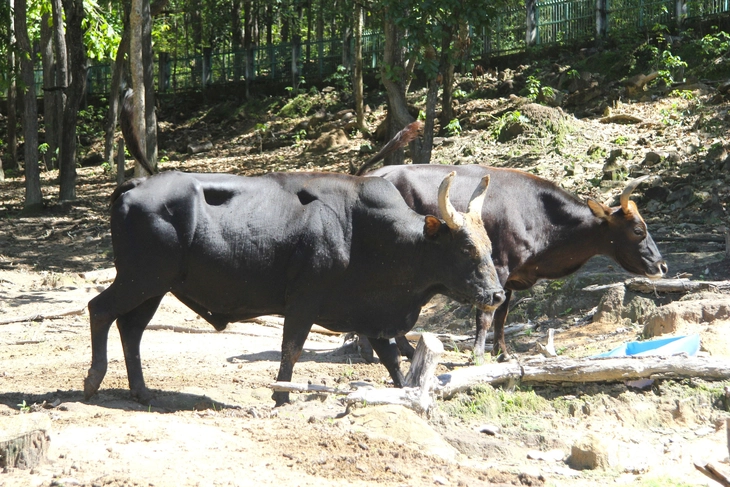
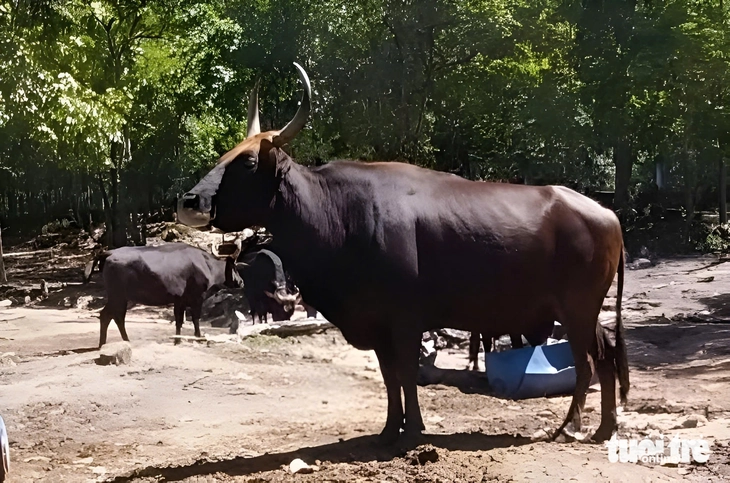
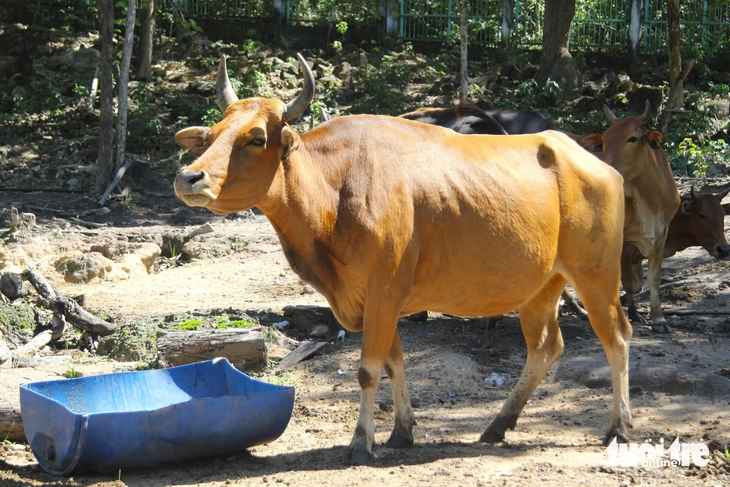
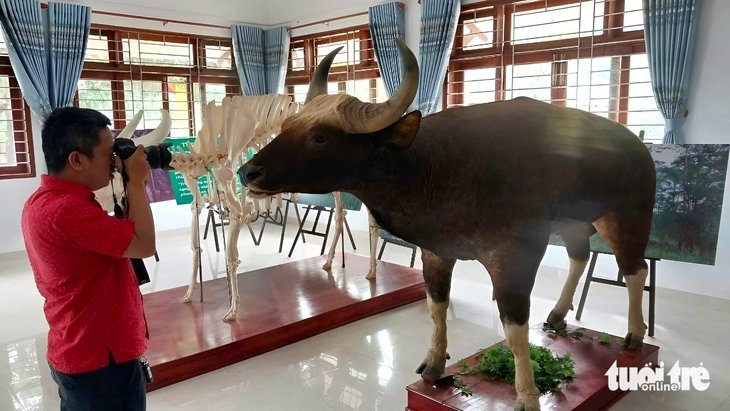






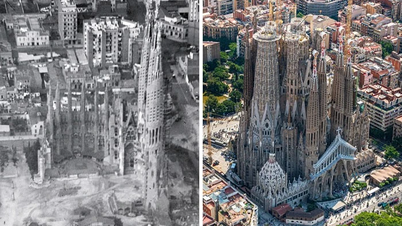

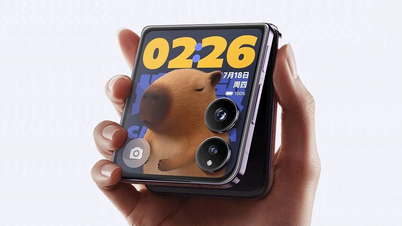

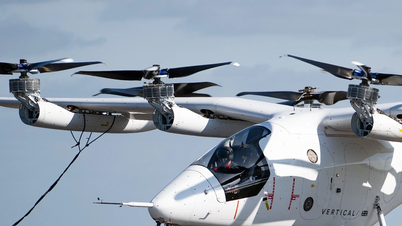
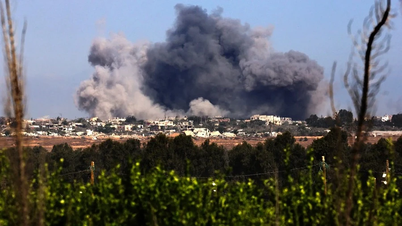












![[Photo] Nearly 104,000 candidates in Hanoi complete procedures to take the 10th grade entrance exam](https://vphoto.vietnam.vn/thumb/1200x675/vietnam/resource/IMAGE/2025/6/7/7dbf58fd77224eb583ea5c819ebf5a4e)































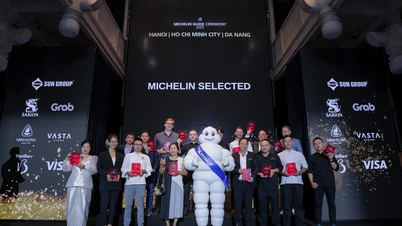

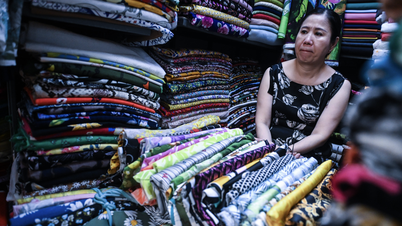


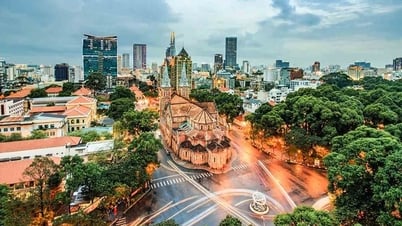
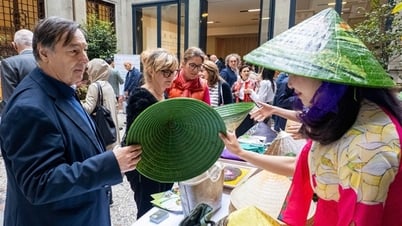





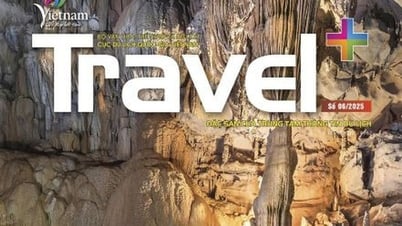








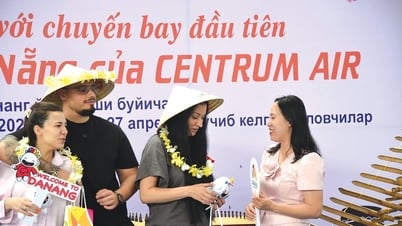
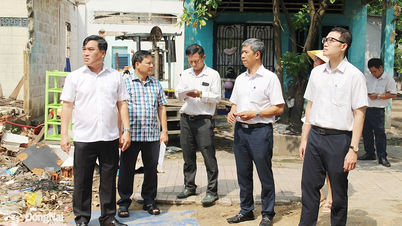








![[OCOP REVIEW] Tu Duyen Syrup - The essence of herbs from the mountains and forests of Nhu Thanh](https://vphoto.vietnam.vn/thumb/402x226/vietnam/resource/IMAGE/2025/6/5/58ca32fce4ec44039e444fbfae7e75ec)



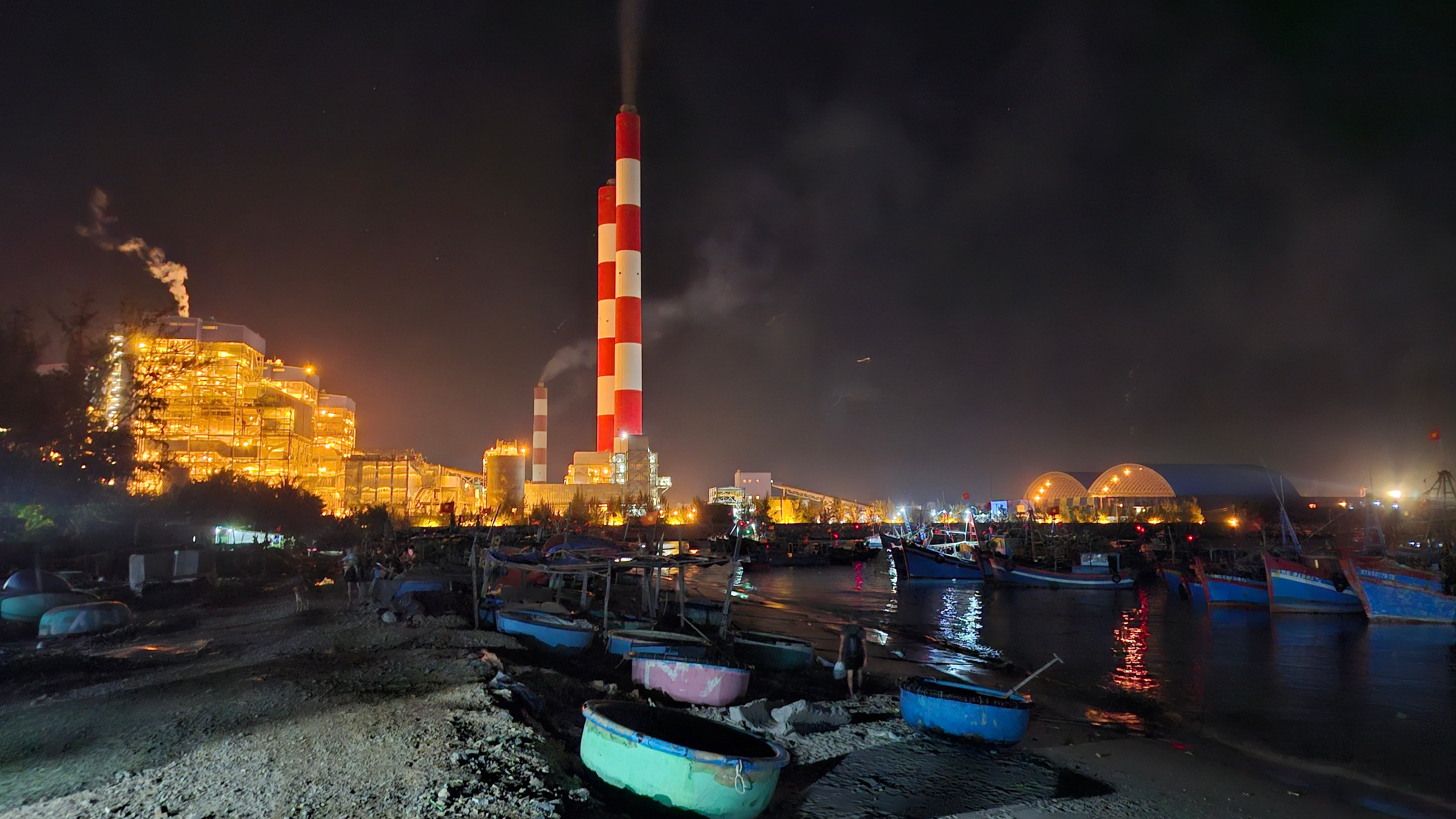
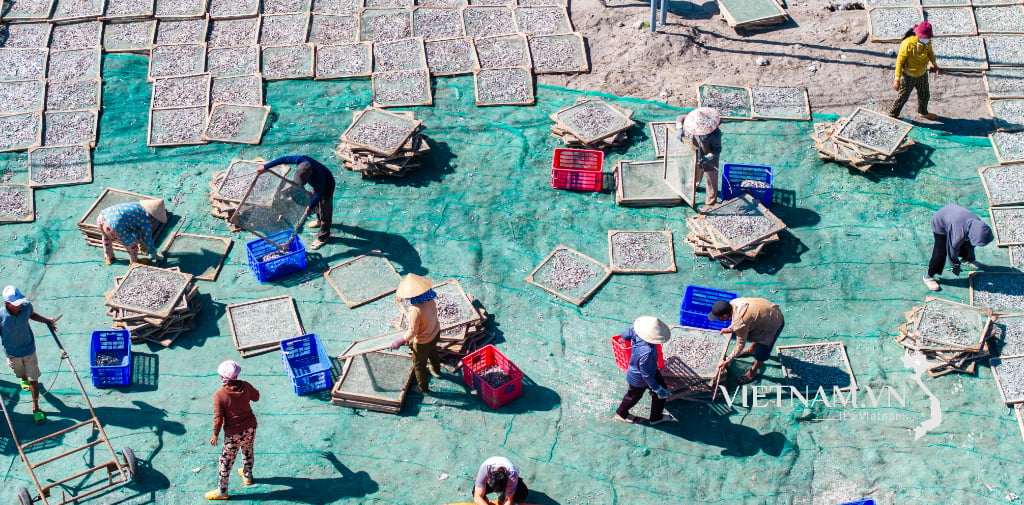

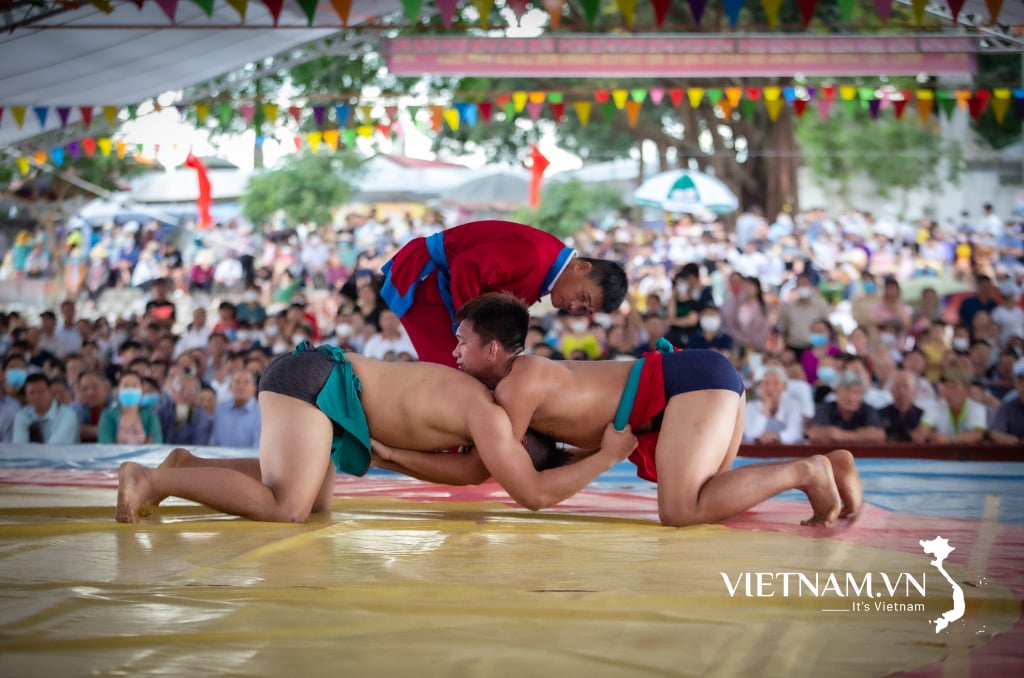
Comment (0)